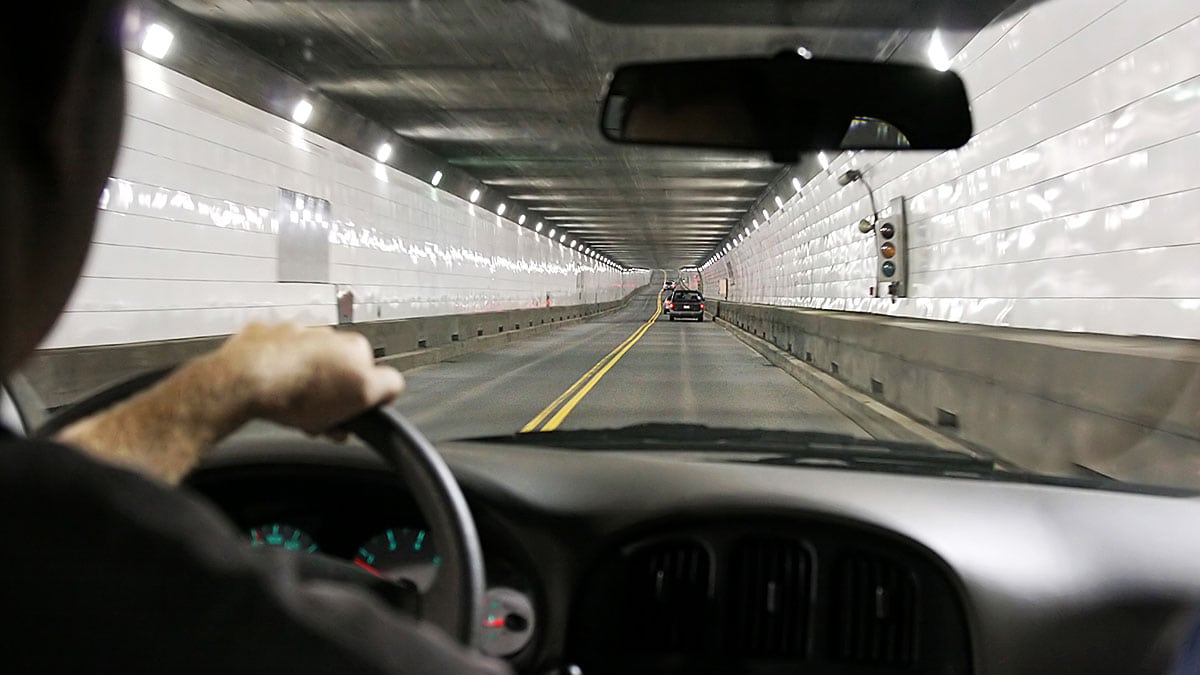Bridges have existed since ancient times, dating back to even before the Greeks and Romans. Tunnels, on the other hand, are a much more modern invention, with the first major underwater tunnel being the Thames Tunnel, built between 1825 and 1843.
Labeled as one of the modern “Engineering Wonders of the World”, the Detroit-Windsor Tunnel boasts one of the most elaborate tunnel air ventilation systems in the world, and currently stands as one of the fastest links between Canada and the U.S. over water. The elaborate, expensive and lengthy construction process of this tunnel makes it an engineering milestone every design student should know of.
Read on if you’d like to learn more about the construction and engineering of this North American landmark.
Engineers Vote to Construct an Underwater Tunnel
Believe it or not, engineers were envisioning an underwater tunnel connecting Windsor and Detroit as early as 1860. Even though the vast majority of both cities preferred to construct a bridge, the Detroit River was a hotspot for large ships, so an underwater tunnel would help accommodate this.
Other reasons engineers often choose underwater tunnels over bridges include:
- Bridges often close due to extreme weather like high winds
- Less invasion of the landscape—tunnels are hidden whereas bridges take up space.
In the planning process, engineers decided that the bridge would accommodate cars and other vehicles only, with two lanes: one going to Canada and one to the U.S.A.
The Engineering Process of the Detroit-Windsor Tunnel
In 1928, construction of the tunnel began. To today’s students, it might be hard to imagine planning underwater construction without modern-day CAD training—and indeed, the construction process was slow due to the lack of technology. Workers actually cut away at the earth using only hand tools, and were shielded from cave-ins by only a piece of metal! This was one of the earliest examples of the “cut and cover” method.
To make a trench for the tunnel, a steam-powered shovel scooped out mud from the river floor. When workers on both sides of the river had created an appropriate trench, long tubes of the tunnel were put into place, and sealed with a special water-resistant concrete. The tunnel finally opened in 1930, with a final length of 1,573 metres.
Students attending engineering CAD technician college know that today’s process of building underwater tunnels is much more technologically advanced (and safe!). Most tunnels are now built with the help of tunnel-boring machines (TBMs). While extremely expensive, these machines cut the work in half by simply boring through rock, while walls are simultaneously built around the cut-out areas.
Other Famous Underwater Tunnels
While the Detroit-Windsor Tunnel is the only international underwater border crossing in the world, there are a few other underwater tunnels that are worth noting for their remarkable engineering. The famous Channel Tunnel is known as the longest underwater railway tunnel at 37.9km. Better known as the “Chunnel”, it takes patrons across the English Channel, connecting Folkestone, Kent in the U.K. to Calais in France.
Another famous underwater tunnel that students taking architectural CAD courses might recognize is the Tokyo Bay Aqua-Line. This impressive bridge-tunnel combination is 14 kilometers in length and crosses the famous Tokyo Bay. The bridge connects to an artificial island in the middle of the bay, and on the island is the entrance to the underwater tunnel, connecting the Japanese cities of Kawasaki and Kisarazu.
Are you interested in learning more by enrolling in CAD courses?
Check out our 1-year program for more information or to speak with an advisor.



